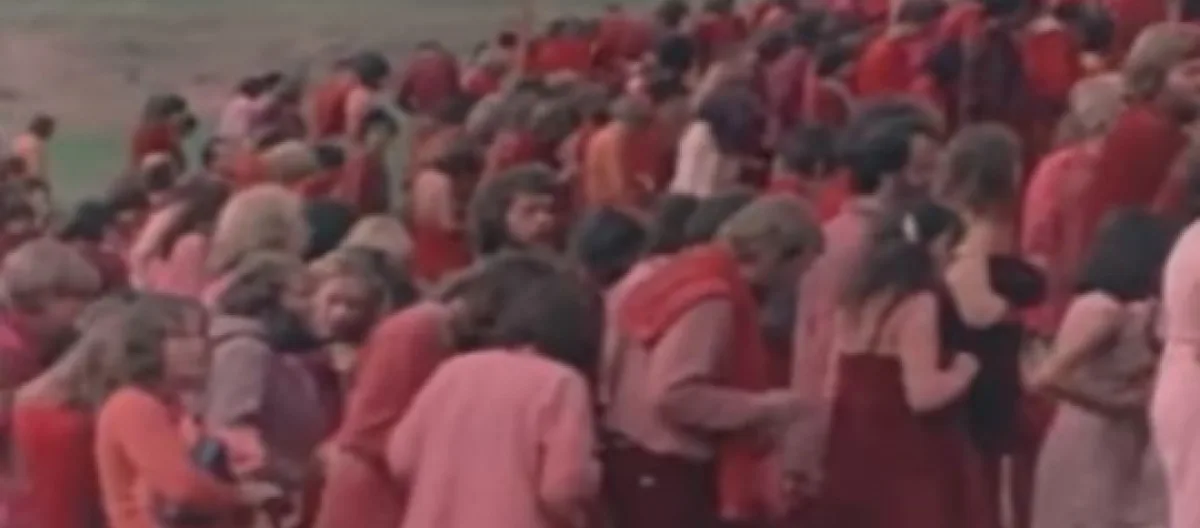"Wild Wild Country," the Netflix series, recounts the saga of the famous Indian mystic and guru Bhagwan Shree Rajneesh, an extremely popular figure in the 1970s in India. He settled in Antelope, a small countryside town in the US, and transformed this otherwise sleepy town into a buzzing small city within no time. The story of Rajneesh’s rise and fall in America is as fascinating and riveting that it may give any bestseller crime thriller a run for the money.
'WWC' dissects the sex cult
Was he a spiritual guru who really saw the fleet of his Rolls Royce as an extension of his inner-self? Was he a dangerous cult leader and a master criminal who shook the very foundation of what America symbolized those days? Or was he simply a hippy who suddenly rose to prominence out of nowhere? The Netflix series is all about that. It tries to peel off layer after layer on the more talked about, but the little-known saga of Rajneeshpuram, the place that witnessed the most eventful part of the life of the highly controversial philosopher. It’s a cocktail of fear, biological warfare, glitz and glamour, the biggest immigration scandal in the history of the United States, political machinations, poisoning scandal, murder mystery, drugs, and much more.
The plot has everything that a viewer can wish for.
Netflix series on the mystic is a cocktail of high octane drama
The intriguing story of Rajneeshpuram is multilayered with twists and turns sufficient enough to leave even the most ardent follower of Rajneesh spellbound. It’s undoubtedly the most prolific visual story ever told about the mystic. It comprises extensive interviews such as Antelope residents of that time, the followers of Rajneesh, attorneys involved in the legal tangle, politicians, investigative journalists, and the most notably her friend-turned-foe Sheela, who is out of jail and now residing in Switzerland.
It tells the story with style
The story uses the archived footage of the inside and outside of Rajneeshpuram and the newspaper coverage of that time.
Instead of lame visual reconstructions, it uses illustrations where visual support is missing. The narrative is balanced in the way that it doesn’t try to depict the mystic wrong, the story swings between two camps: Rajneesh’s followers who are extremely obsessed and authorities who twisted rules to get him out.
Though "Wild Wild Country" tells the tale with utmost panache and style, it’s not without flaws. It doesn’t shed light on what Rajneesh believed and why he was so popular. The story becomes sluggish in places, but overall it’s a great piece of an artwork by brothers Maclain and Chapman Way.
